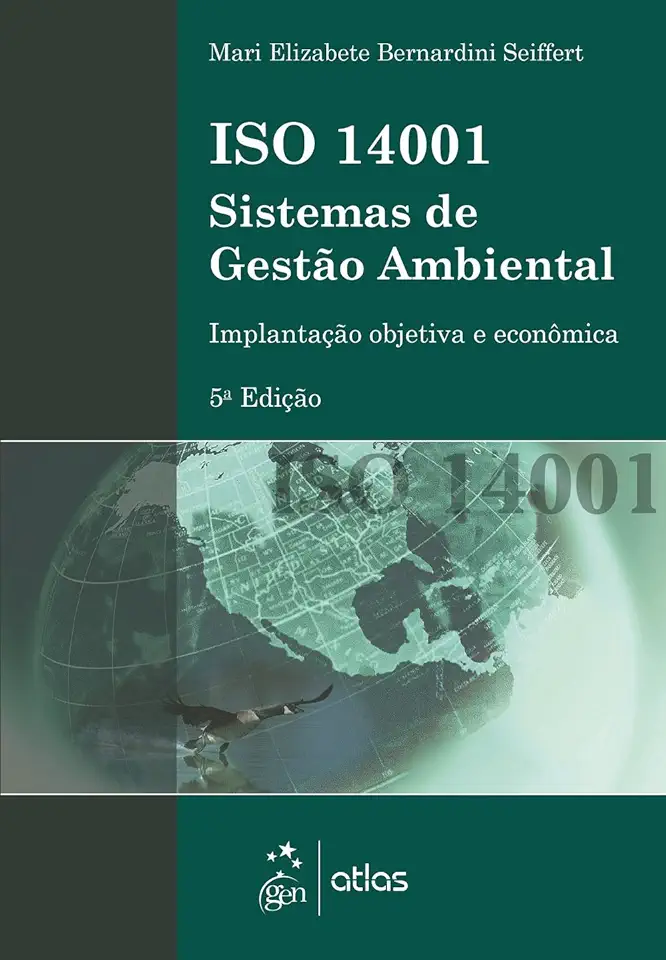
ISO 14001 - Environmental Management Systems
ISO 14001: Environmental Management Systems
A Comprehensive Guide to Implementing an EMS
The ISO 14001 standard provides a framework for organizations to manage their environmental responsibilities. It helps organizations to identify, control, and reduce their environmental impacts, and to improve their overall environmental performance.
Benefits of ISO 14001 Certification
There are many benefits to implementing an ISO 14001-compliant environmental management system (EMS), including:
- Reduced environmental impact: ISO 14001 helps organizations to identify and control their environmental impacts, and to take steps to reduce them. This can lead to significant cost savings, as well as improved environmental performance.
- Improved compliance with environmental regulations: ISO 14001 helps organizations to comply with environmental regulations, and to avoid costly fines and penalties.
- Enhanced reputation: ISO 14001 certification can enhance an organization's reputation as a responsible environmental steward. This can lead to increased business opportunities and improved customer relations.
- Increased employee morale: ISO 14001 can help to improve employee morale by creating a safer and healthier work environment. This can lead to increased productivity and reduced absenteeism.
How to Implement ISO 14001
Implementing an ISO 14001-compliant EMS can be a complex and time-consuming process, but it is well worth the effort. The following steps will help you to get started:
- Get top management commitment: The first step to implementing ISO 14001 is to get top management commitment. This means that top management must be fully supportive of the EMS and must provide the necessary resources to implement it.
- Conduct an environmental review: The next step is to conduct an environmental review to identify your organization's environmental impacts. This review should include all of your organization's activities, products, and services.
- Develop an environmental policy: Once you have identified your environmental impacts, you need to develop an environmental policy. This policy should state your organization's commitment to environmental protection and should provide a framework for your EMS.
- Implement your EMS: The next step is to implement your EMS. This involves developing and implementing procedures for managing your environmental impacts. These procedures should cover all of your organization's activities, products, and services.
- Monitor and review your EMS: Once your EMS is in place, you need to monitor and review it regularly to ensure that it is effective. This involves tracking your environmental performance and taking corrective action as needed.
Conclusion
ISO 14001 is a valuable tool for organizations that want to improve their environmental performance and reduce their environmental impact. By implementing an ISO 14001-compliant EMS, organizations can reap a number of benefits, including reduced costs, improved compliance, enhanced reputation, and increased employee morale.
Order Your Copy Today!
If you are interested in learning more about ISO 14001 and how it can benefit your organization, order your copy of ISO 14001: Environmental Management Systems today. This comprehensive guide will provide you with everything you need to know about implementing an ISO 14001-compliant EMS.